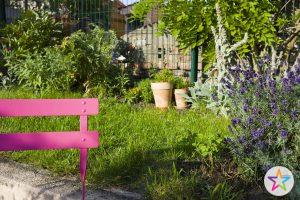
…Discover curated contents,
cross borders beyond the frame,
face yourself, reflecting the here and the there,
make a contribution to this site,
be it ideas, images, writing or translations…
meet like-minded travellers

…Discover curated contents,
cross borders beyond the frame,
face yourself, reflecting the here and the there,
make a contribution to this site,
be it ideas, images, writing or translations…
meet like-minded travellers


for example Post What glass gives to society https://www.mendgen.com/2022/11/24/what-glass-gives-society/
The notiz-blog has been founded in February 2021 to keep up with friends and colleagues, pour (dé)passer les frontières, continuer de travailler ensemble cross border, between neighbors, creating our Little Europe aux jardins des frontières, “from here”.

Discover the universal scholar Herbert W. Franke, who was fond of crossing borders and discovering unknown terrain as an artist as well as a scientist, on this website (German Version)
Post: Grenzräume, voies de communication.
